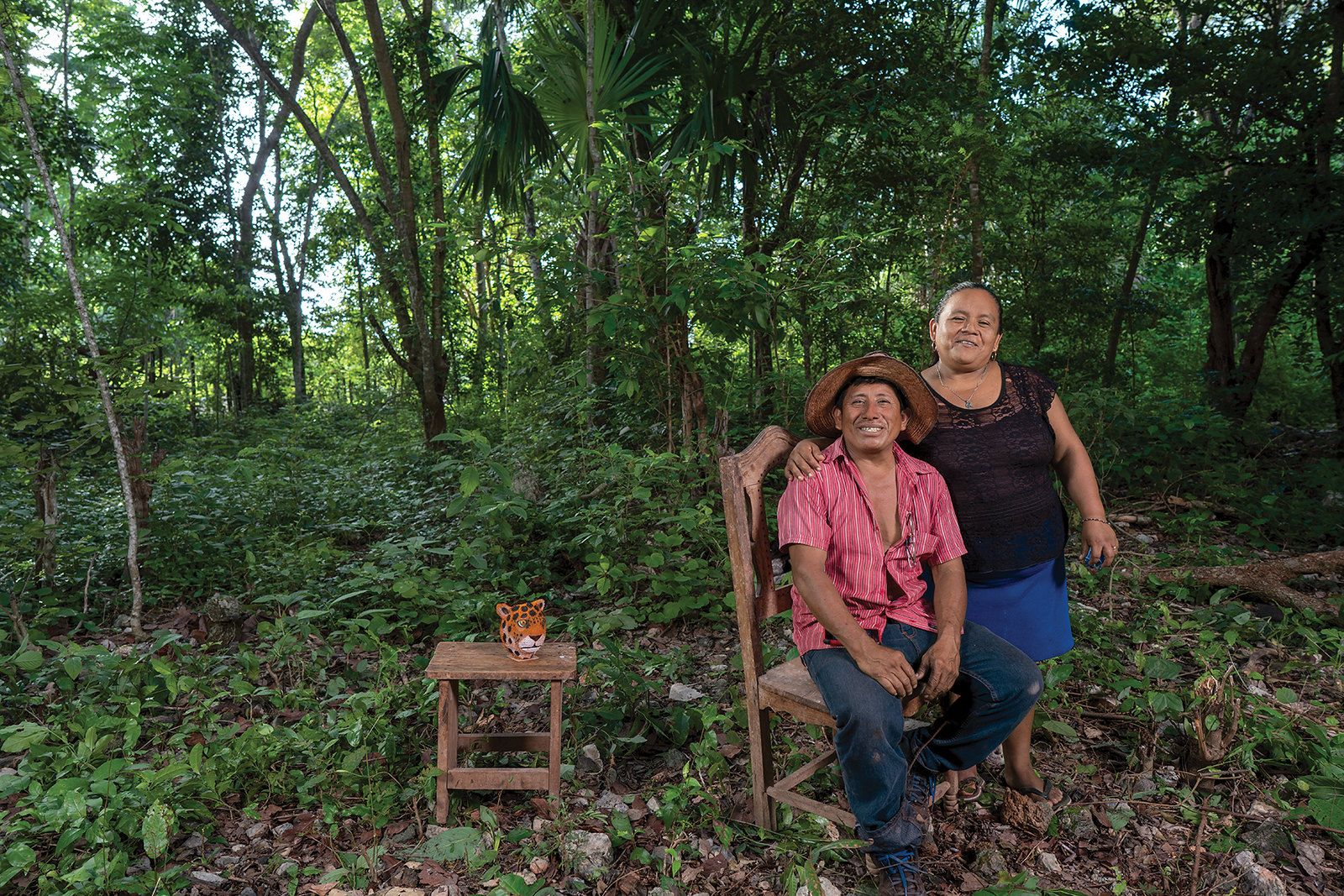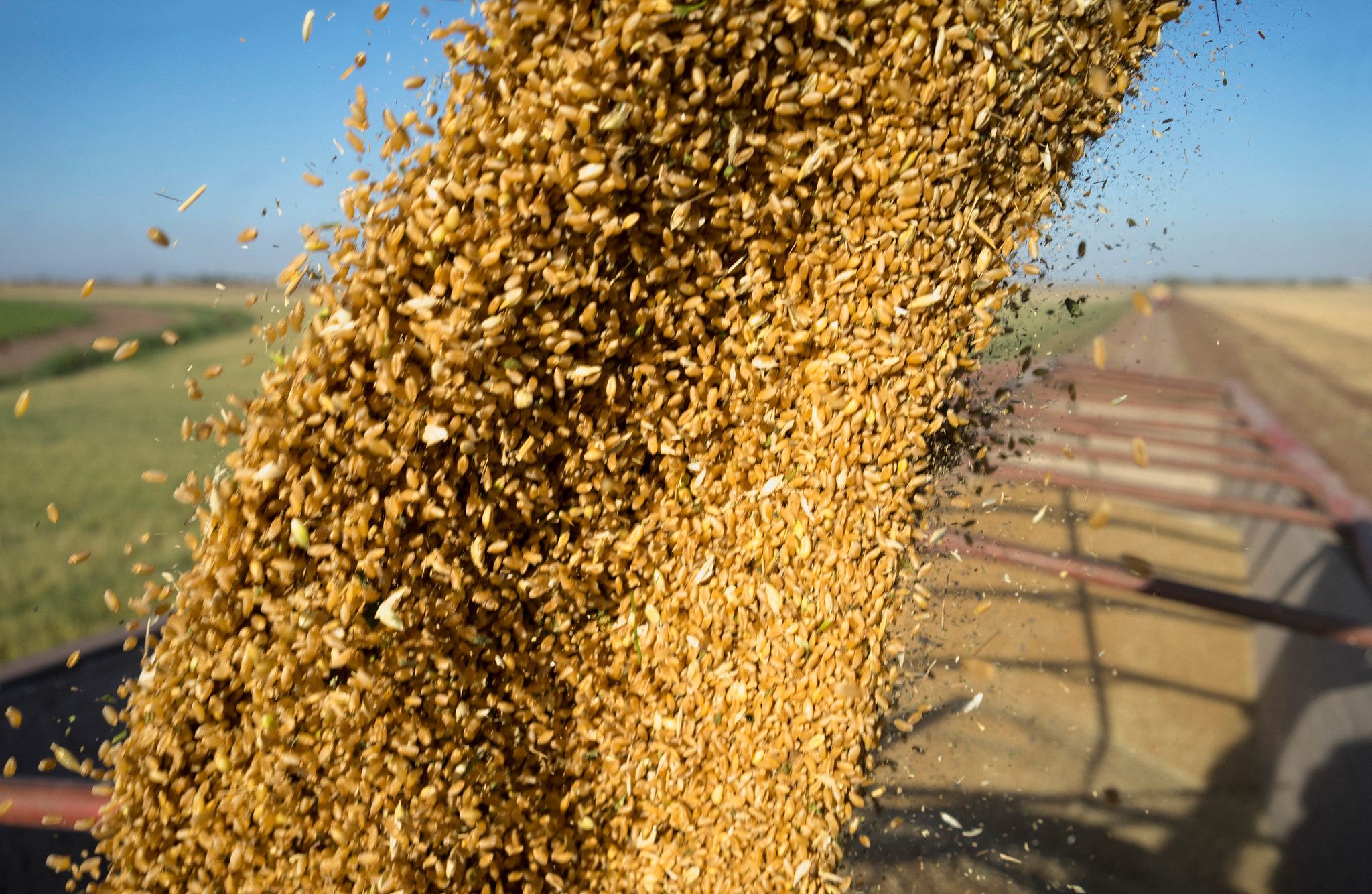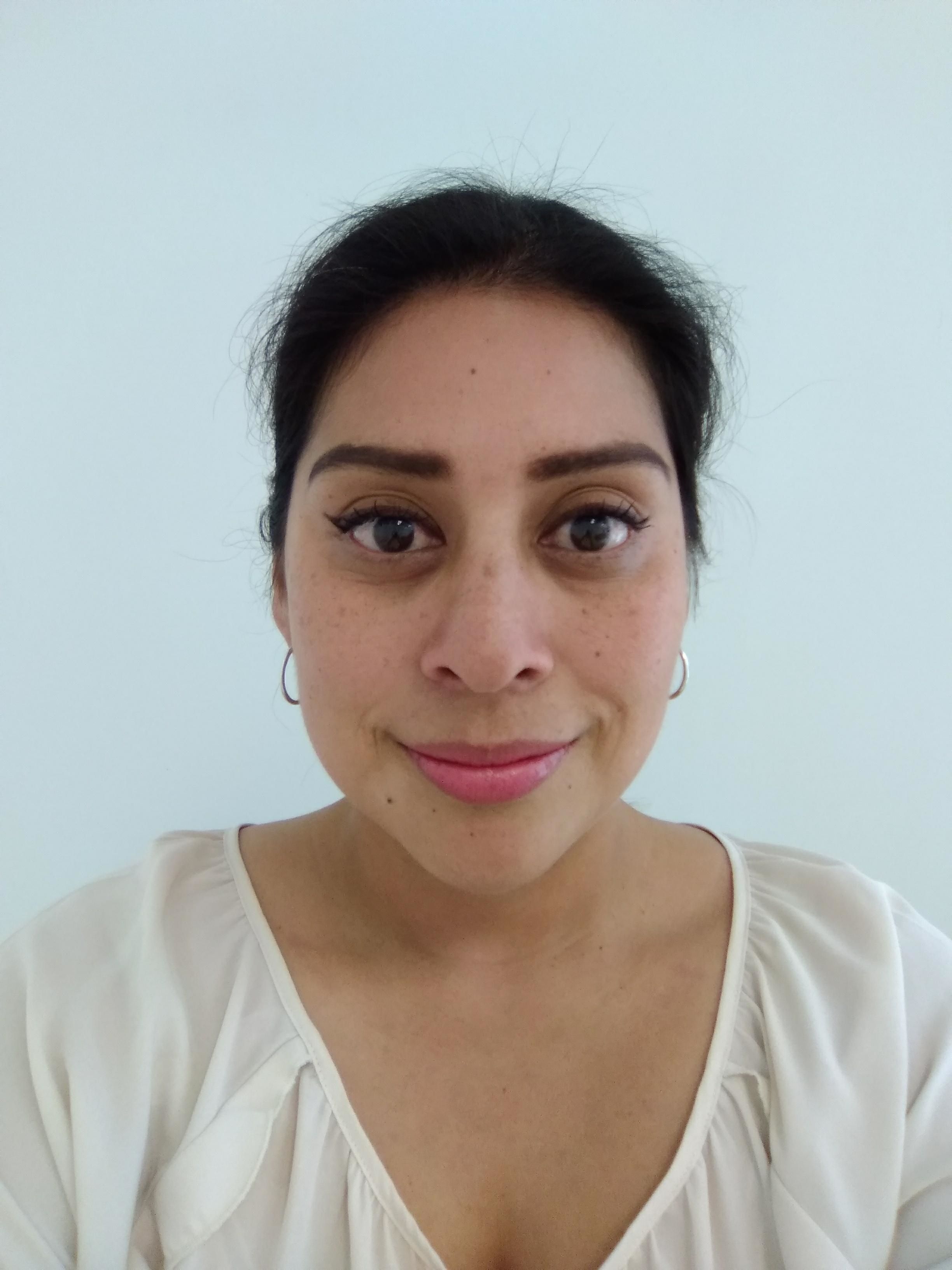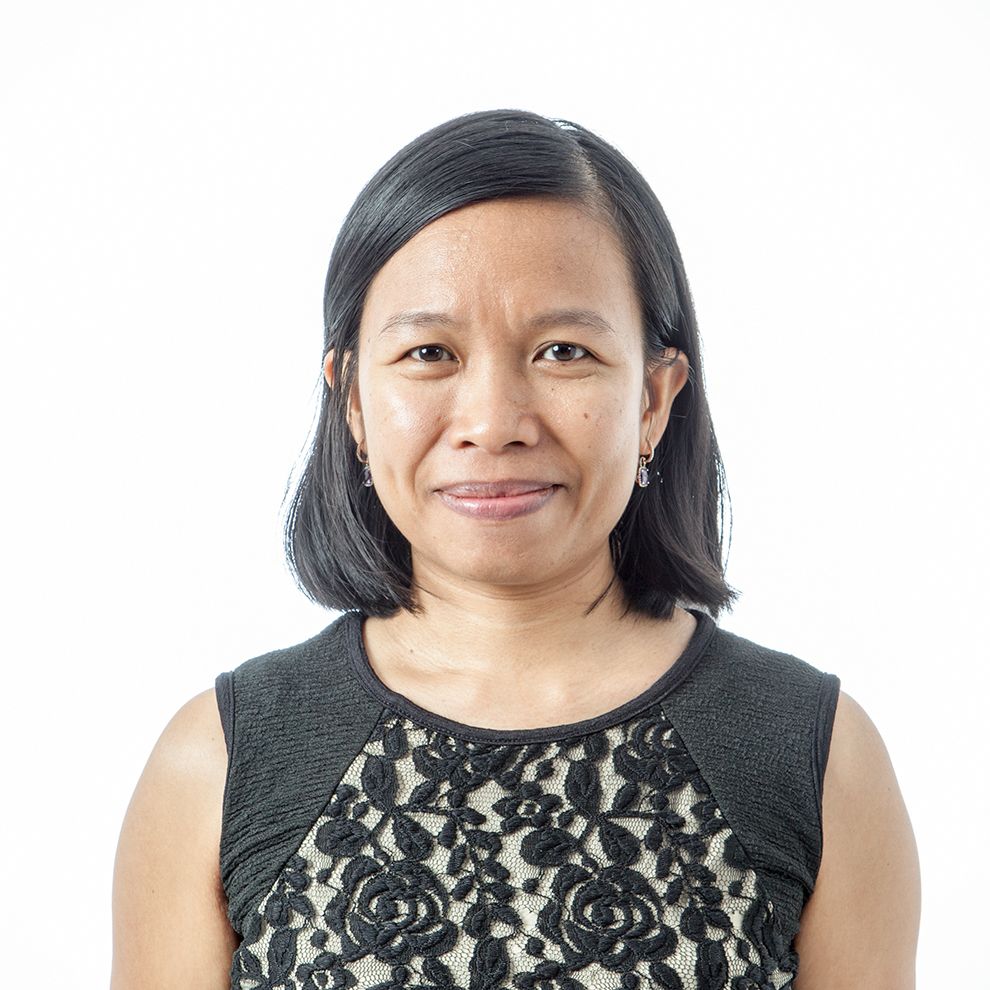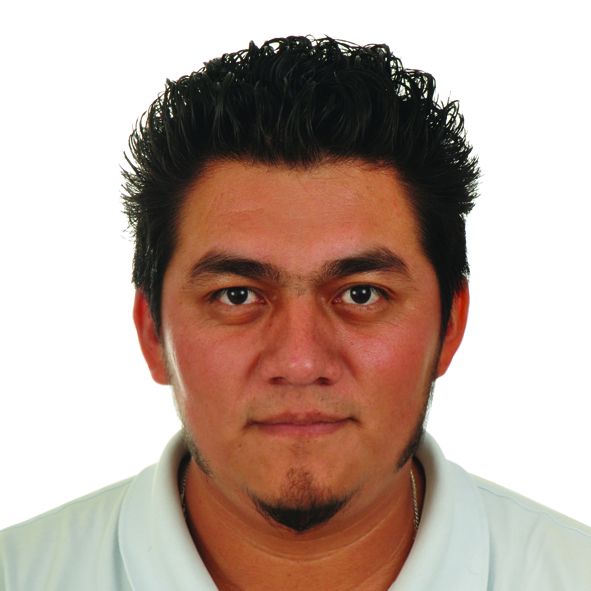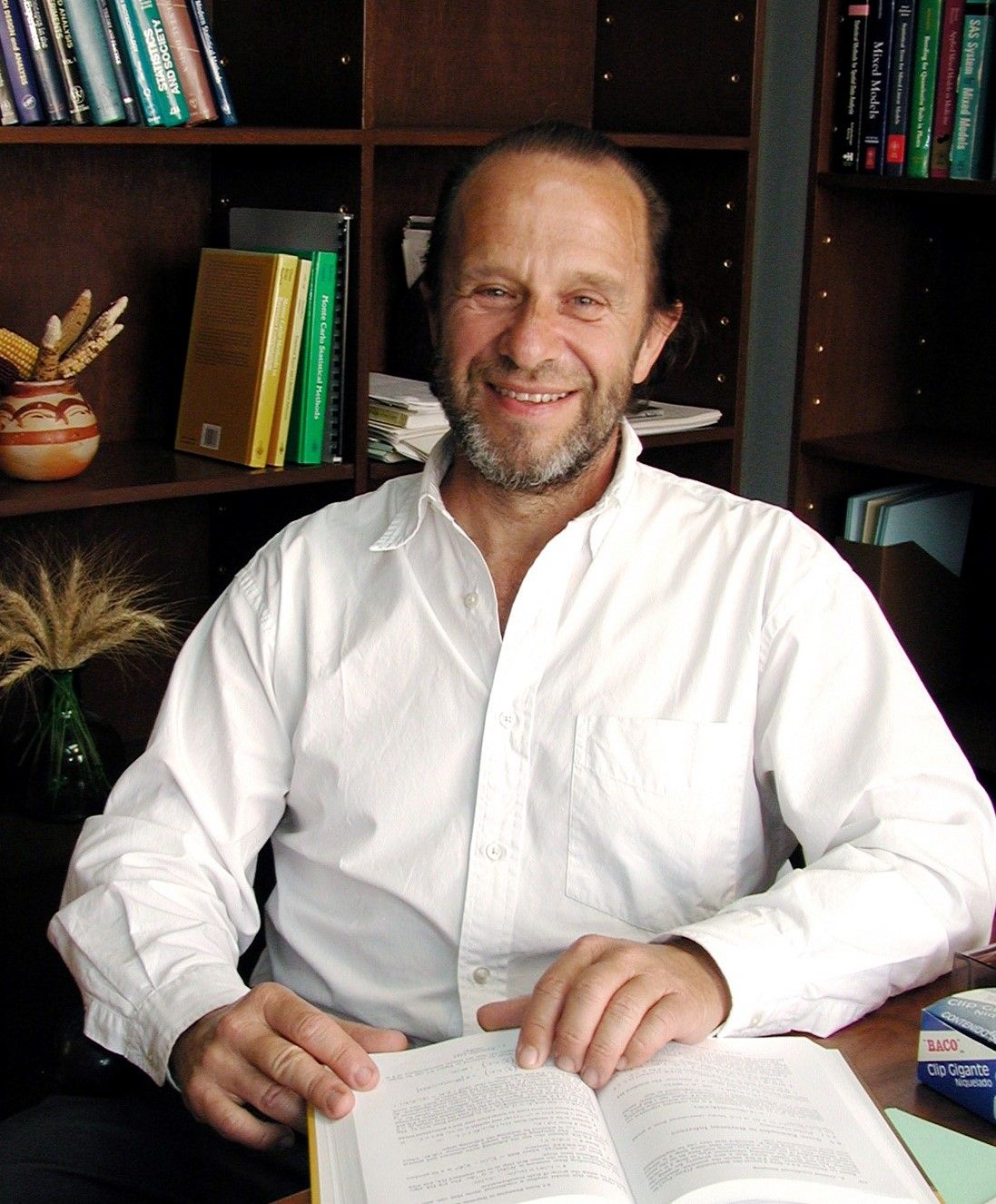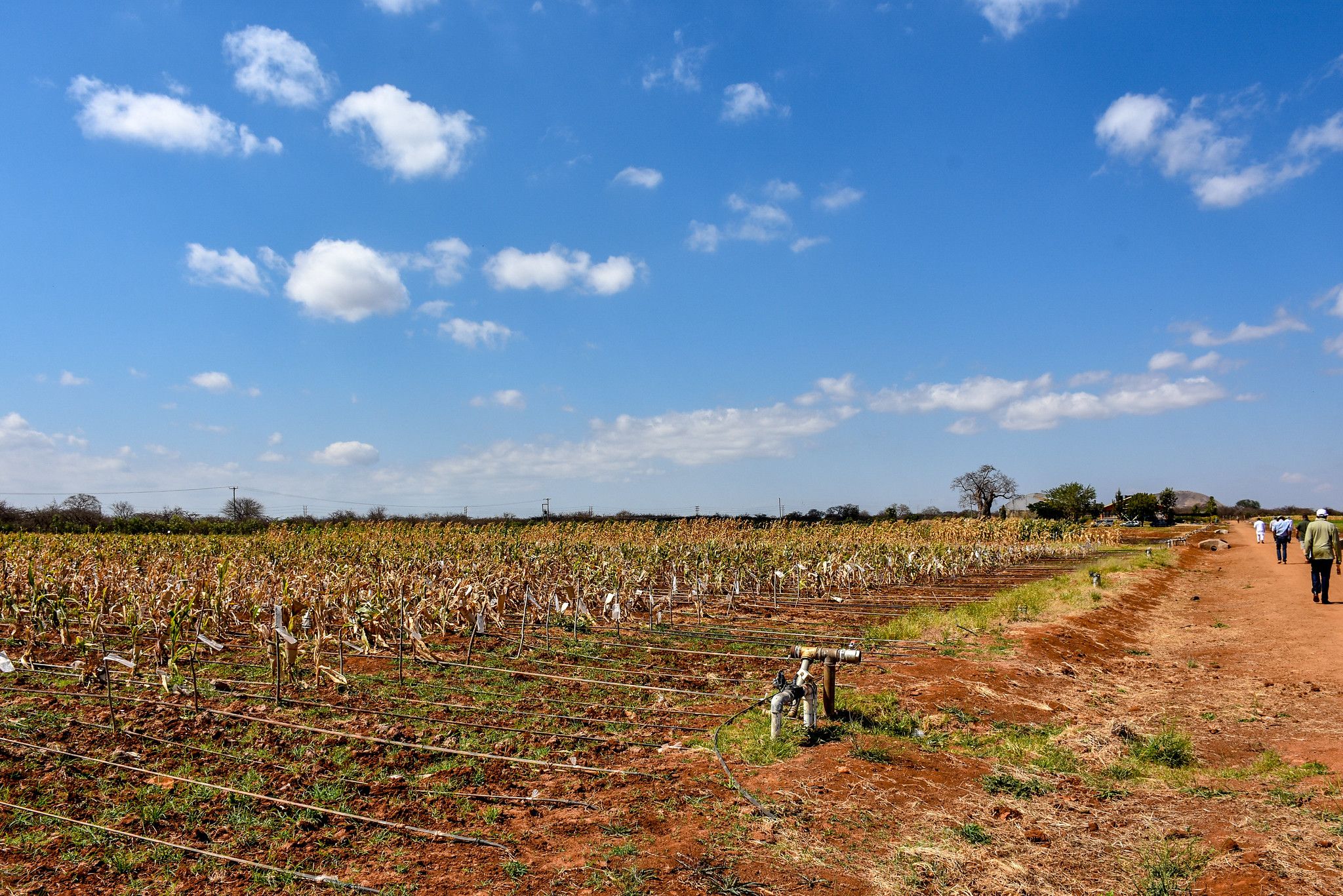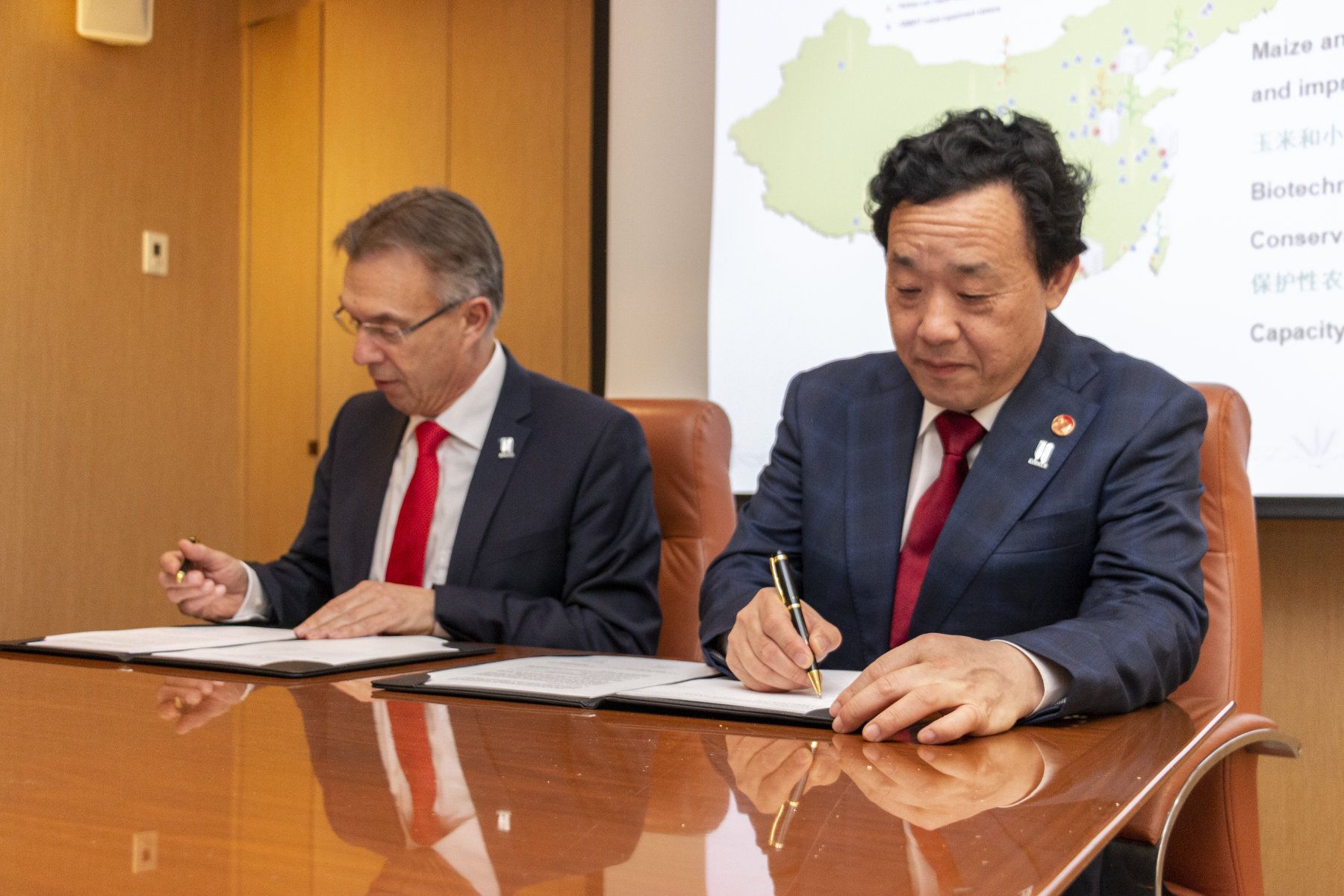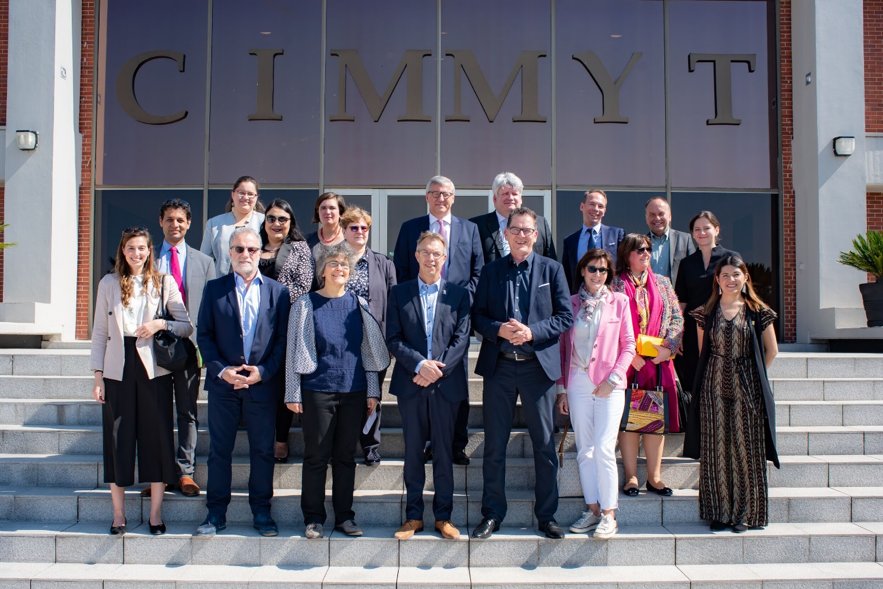research: Genetic resources
Chicago’s tortillas are better than ever, thanks to Masienda’s heirloom corn from Oaxaca
In Mexico there are about 3 million subsistence farmers producing heirloom corn.
MasAgro Biodiversidad
MasAgro Biodiversidad (Biodiversity), a component of CIMMYT’s MasAgro project, studies and characterizes maize and wheat genetic diversity for use in breeding programs, which develop wheat varieties and maize hybrids improved through conventional technologies. These hybrids are better adapted to climate change, more resistant to pests and diseases and have higher yield potential.
In 2015, MasAgro Biodiversity’s main results were:
- MasAgro Biodiversity began a comprehensive study of maize genetic diversity by obtaining, processing and analyzing the world’s largest genotypic data set to help scientists identify new genes of interest for maize breeding programs.
- More than 2 billion genotypic data and more than 870,000 phenotypic data of maize field trails have been processed and uploaded to MasAgro Biodiversity’s database and repository making them available to the scientific community via the project website.
- A high level of Tar Spot resistance was confirmed in maize landraces native to the state of Oaxaca in Mexico and Guatemala, which will be used to breed new resistant maize lines.
To order seeds from CIMMYT, please fill a seed request.
OBJECTIVES
- To explore in depth the original genetic composition of maize and wheat through the analysis of hundreds of thousands of seeds stored in gene banks in Mexico.
- To make available to the national and international scientific community information on key agronomic characteristics such as tolerance to heat and drought, or resistance to important pests.
- To offer a genetic analysis service that taps on the best features of maize and wheat through conventional improvement programs for both grains.
- To contribute to long term food security in Mexico and the rest of the world, despite the impact of climate change and the scarcity of natural resources such as water, nutrients and oil.
Seeds of Discovery (SeeD)
Seeds of Discovery (SeeD) studies and characterizes maize and wheat genetic diversity for use in breeding programs, which develop wheat varieties and maize hybrids improved through conventional technologies. These hybrids are better adapted to climate change, more resistant to pests and diseases and have higher yield potential.
In 2015, SeeD’s main results were:
- SeeD began a comprehensive study of maize genetic diversity by obtaining, processing and analyzing the world’s largest genotypic data set to help scientists identify new genes of interest for maize breeding programs.
- More than 2 billion genotypic data and more than 870,000 phenotypic data of maize field trails have been processed and uploaded to SeeD’s database and repository making them available to the scientific community via the project website.
- A high level of Tar Spot resistance was confirmed in maize landraces native to the state of Oaxaca in Mexico and Guatemala, which will be used to breed new resistant maize lines.
To order seeds from CIMMYT, please click here.
OBJECTIVES
- To explore in depth the original genetic composition of maize and wheat through the analysis of hundreds of thousands of seeds stored in gene banks in Mexico.
- To make available to the national and international scientific community information on key agronomic characteristics such as tolerance to heat and drought, or resistance to important pests.
- To offer a genetic analysis service that taps on the best features of maize and wheat through conventional improvement programs for both grains.
- To contribute to long term food security in Mexico and the rest of the world, despite the impact of climate change and the scarcity of natural resources such as water, nutrients and oil.
Maria Elena Campos Saucedo
Maria Elena Campos Saucedo coordinates project activities within the Genetic Resources Program, where she is responsible for managing schedules, arranging assignments and communicating progress to all team members, which involves preparing action plans, analyzing risks and opportunities and gathering resources.
She ensures that GRP projects are aligned to CIMMYT’s Project Management Minimum Expectations, meet quality standards and are completed on time and within budget.
Rodelita Panergalin
Rodelita Panergalin supports the GRP Program Director and research staff to achieve their goals through efficient management of the program’s administrative and finance functions, in collaboration with Corporate Services units and other CIMMYT research programs.
Before joining CIMMYT, she worked in IRRI’s Financial Reporting and Planning Unit, where her primary responsibilities were donor and institutional financial reporting and audit.
Claudio César Ayala Hernández
Claudio Ayala is an experienced Data Management Coordinator with a demonstrated history of working in the research industry. He has a Master’s degree focused on Information Systems and Applied Computing and is skilled in analytics, database management, and the development of tools for effectively capturing, curating, storing and integrating different datasets.
Fernando Henrique Ribeiro Barrozo Toledo
Fernando Henrique Ribeiro Barrozo Toledo is an Associate Scientist, Agricultural Statistics/Biometrics, with CIMMYT’s Genetic Resources Program.
Jose Crossa
Jose Crossa works at the Biometrics and Statistics Unit conducting research on genomic models and models for genomic x environment interaction to help CIMMYT researchers achieve their goals. He also teaches courses on statistical genetics.
Exploiting the Potential of Genotype Microbiome Interactions to Promote Sustainable Soil Health in Southern Africa
This project will lead to the identification of genes of interest to help guide breeding efforts to boost yield stability and resilience in low fertility agriculture systems subject to drought.
Candidate for FAO leadership Qu Dongyu visits CIMMYT’s headquarters to sign MoU and strengthen collaboration
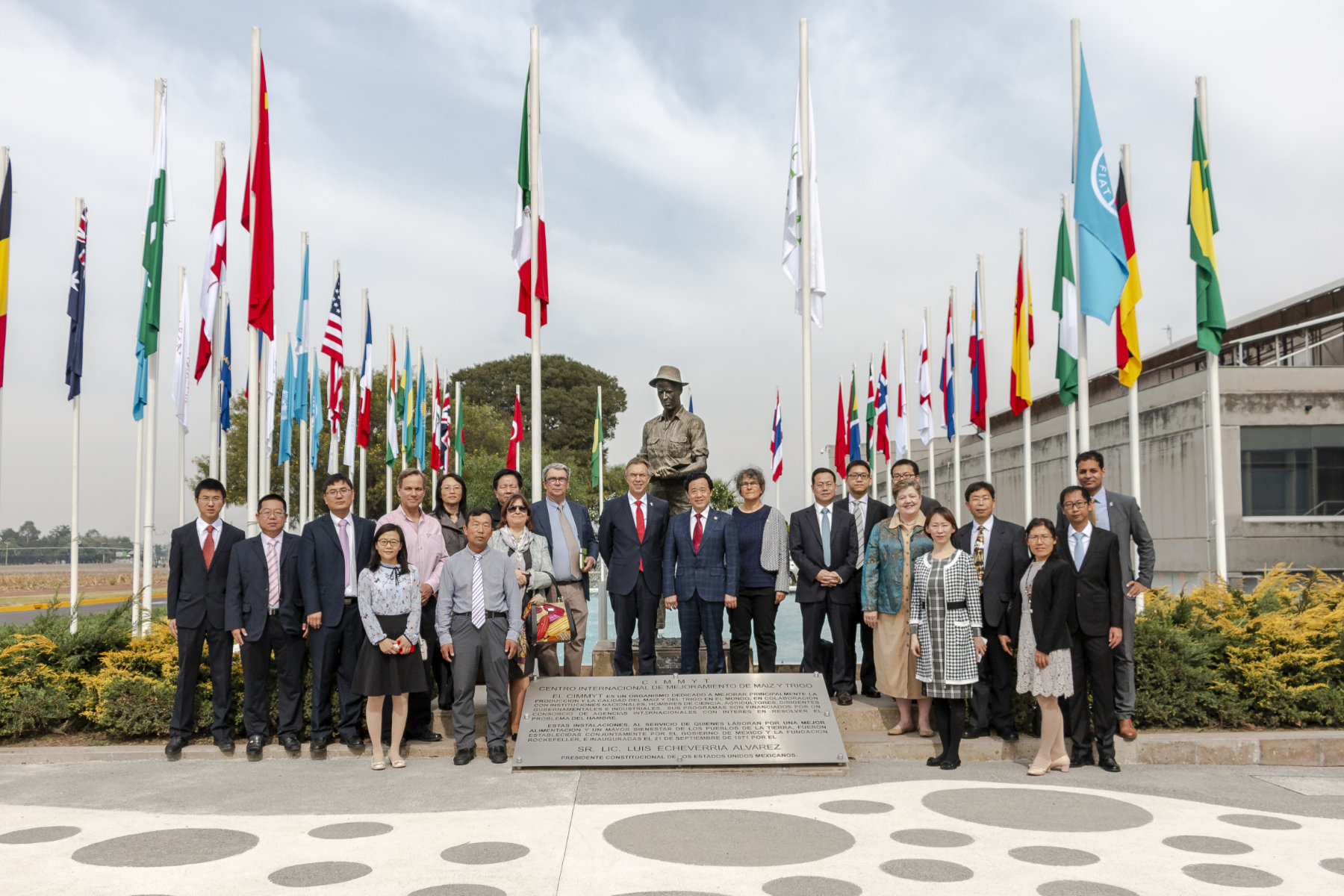
Qu Dongyu, China’s Vice Minister of Agriculture and Rural Affairs, and candidate for the position of Director-General of the Food and Agriculture Organization of the United Nations (FAO), visited the global headquarters of the International Maize and Wheat Improvement Center (CIMMYT) in Mexico on March 16, 2019. He had already visited CIMMYT in 2006.
Vice minister Qu was greeted by students and CIMMYT scientists from China, the director general, the deputy director general and members of the management team. Qu and his delegation learned about CIMMYT’s latest initiatives and toured the campus.
CIMMYT’s director general Martin Kropff explained the organization’s strategic focus on agri-food systems: “Our mandate is on maize and wheat but we think broadly. Our researchers use a systems approach and work on using these two crops to improve peoples’ livelihoods, which is our ultimate goal.”
Qu expressed his career-long efforts for integrating multi-disciplinary approaches to tackle global challenges and said that he was “happy to see CIMMYT combining breeding — for which CIMMYT is famous — with value-added approaches to bring together science, farmers and industry.”
With innovation and the end user playing key roles in the vice minister’s agenda, Qu enjoyed learning about the Excellence in Breeding Platform’s target product profiles work and two-way communication channels from innovation hubs in Mexico.
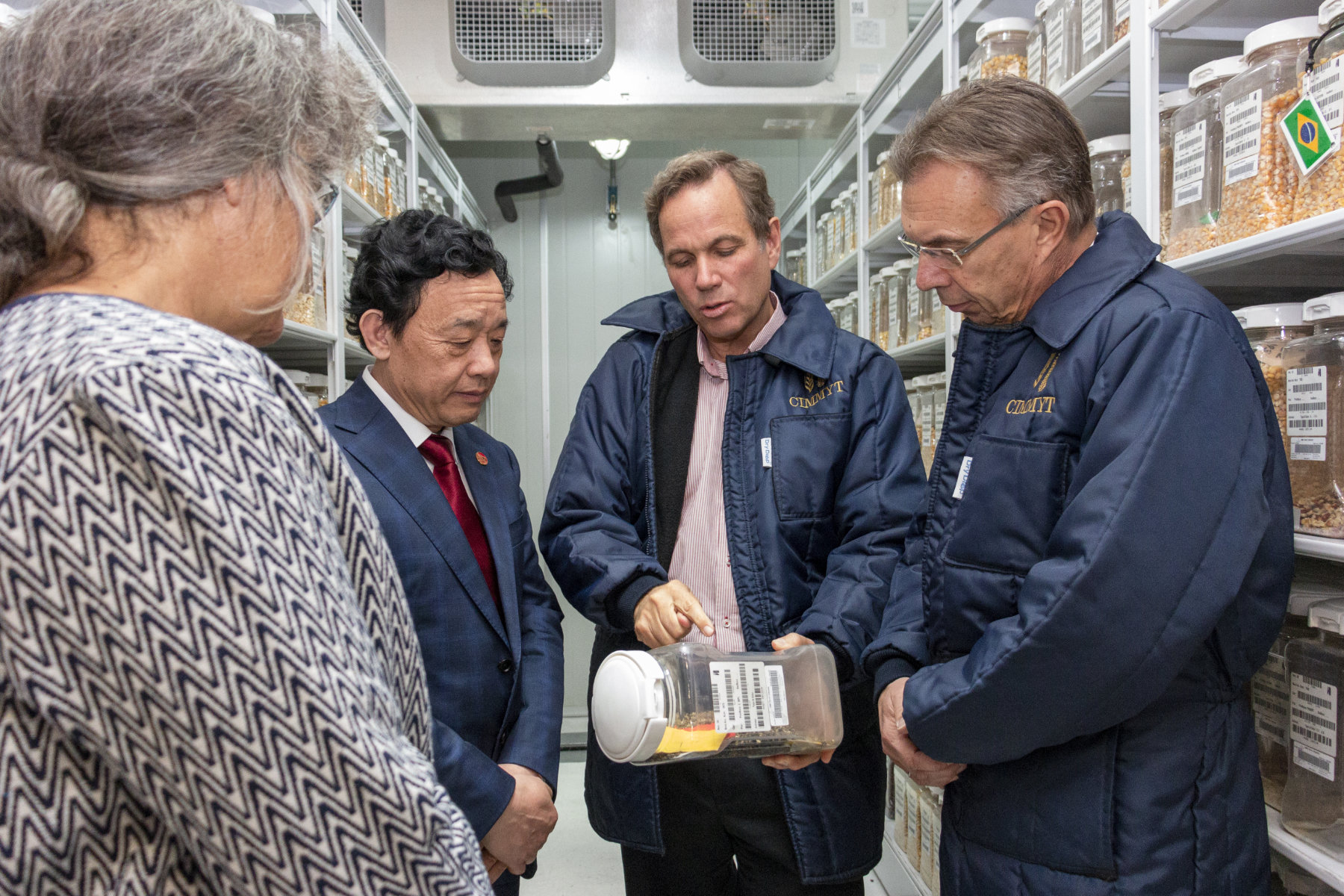
During the visit, Qu was also introduced to CIMMYT’s small-scale machinery, which is used around the world to sustainably intensify production. CIMMYT often sources machines, such as seed planters and harvesters, from China to provide effective and efficient solutions that add tangible value for smallholders at an appropriate price point.
Bringing together advanced technology and inexpensive tools, CIMMYT pioneered the GreenSeeker, a handheld tool to advise farmers on the appropriate amount of nitrogen fertilizer to add to their crops. This tool gives farmers the double benefit of increased profitability and reduced negative environmental impacts. The director of CIMMYT’s Sustainable Intensification program, Bruno Gérard, showed a machine-mountable version of this tool, which could connect to a two-wheel tractor and automatically add the appropriate amount of fertilizer.
Gérard also explained CIMMYT’s efforts to develop mechanization as a service, pointing to the manual on developing mechanization service providers, jointly developed by CIMMYT and FAO: “Mechanization has the potential to improve environmental sustainability, farm productivity and reduce labor drudgery. If mechanization is to be adopted at scale and sustainably, in most cases it has to be provided through service provision to smallholder farmers.”
At the end of the visit, to underline the shared commitment to collaboration that began in the 1970s, Kropff and Qu signed a memorandum of understanding for the establishment of a China-CIMMYT joint laboratory for maize and wheat improvement.
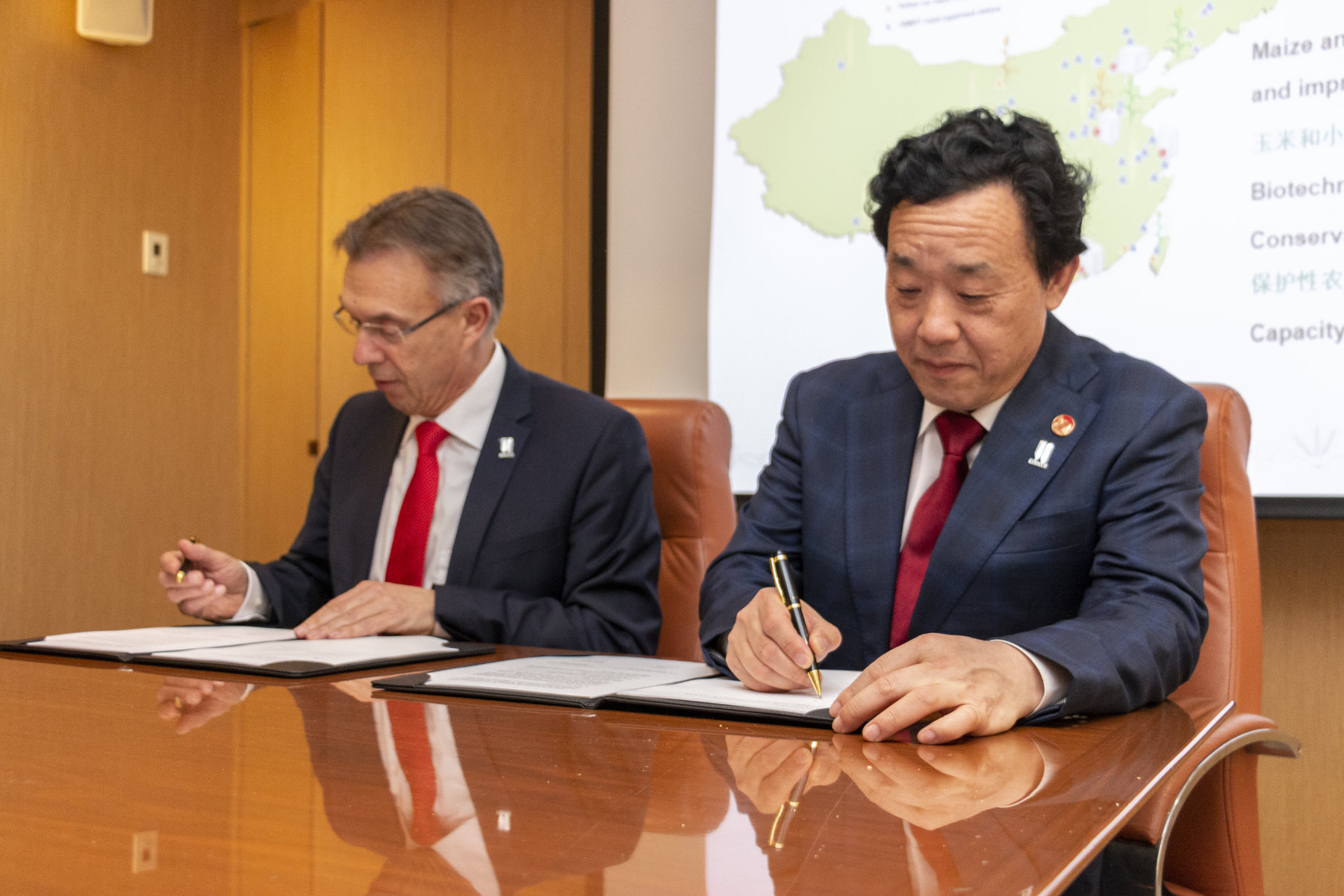
Is a world without hunger possible, asks Germany’s minister Gerd Müller during his visit to CIMMYT

On March 4, 2019, staff from the International Maize and Wheat Improvement Center (CIMMYT) welcomed Gerd Müller, Germany’s Federal Minister of Economic Cooperation and Development (BMZ), for a short visit to CIMMYT’s global headquarters in Mexico. Before exploring the campus and sitting down to hear about CIMMYT’s latest innovations in maize and wheat research, Minister Müller challenged the scientists gathered there by asking: “Is a world with no hunger actually possible?”
“It is possible, but it will require a lot of research and development activities to get there,” replied CIMMYT’s director general, Martin Kropff.
With $3.5 billion generated in benefits annually, CIMMYT is well positioned for Minister Müller’s challenge. CIMMYT works throughout the developing world to improve livelihoods and foster more productive, sustainable maize and wheat farming. Its portfolio squarely targets critical challenges, including food insecurity and malnutrition, climate change and environmental degradation. In addition, over 50 percent of maize and wheat grown in the developing world is based on CIMMYT varieties.
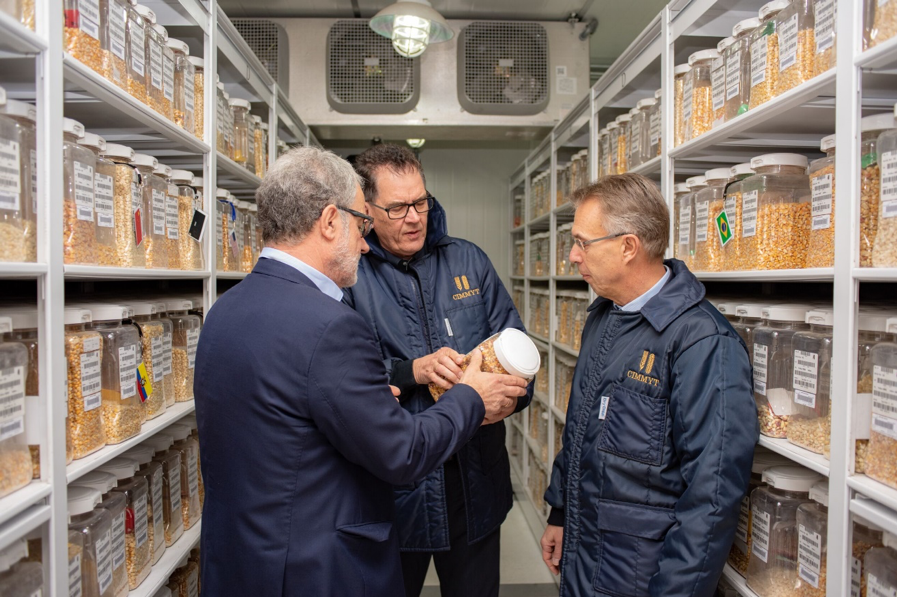
Germany has generously supported CIMMYT’s work for decades in a quest to answer this very question, which aligns with the German government’s agenda to improving food and nutrition security, the environment and livelihoods.
“CIMMYT is working to find ways to allow developing countries to grow maize and wheat on less land so that a larger percentage of it can be freed for nutritious and higher value cash crops. This requires better seeds that are adapted to biotic and abiotic stressors, smarter agronomy and machinery, which CIMMYT develops with partners,” Kropff explained.
CIMMYT works between smallholders and small companies to create an incentive on one side to grow varieties and on the other side, to increase demand for quality grain that will ultimately become the tortillas and bread on customers’ dinner tables. These sustainable sourcing and breeding efforts depend on the breathtaking diversity of maize and wheat housed at CIMMYT’s genebank, the Wellhausen-Anderson Plant Genetic Resources Center, which is supported by German funding along with solar panels that generate clean energy for the genebank.
Through funding for the CGIAR Research Program on WHEAT and the CIM Integrated Experts Program, Germany’s GIZ and BMZ have also supported CIMMYT research into gender and innovation processes in Africa, Central and South Asia, enhancing gender awareness in both projects and rural communities and mainstreaming gender-sensitive approaches in agricultural research. As a result, CIMMYT researchers and partners have increased gender equality in wheat-based cropping systems in Ethiopia, reduced the burden of women’s wheat cleaning work in Afghanistan, and hosted a series of training courses promoting the integration of gender awareness and analysis in research for development.
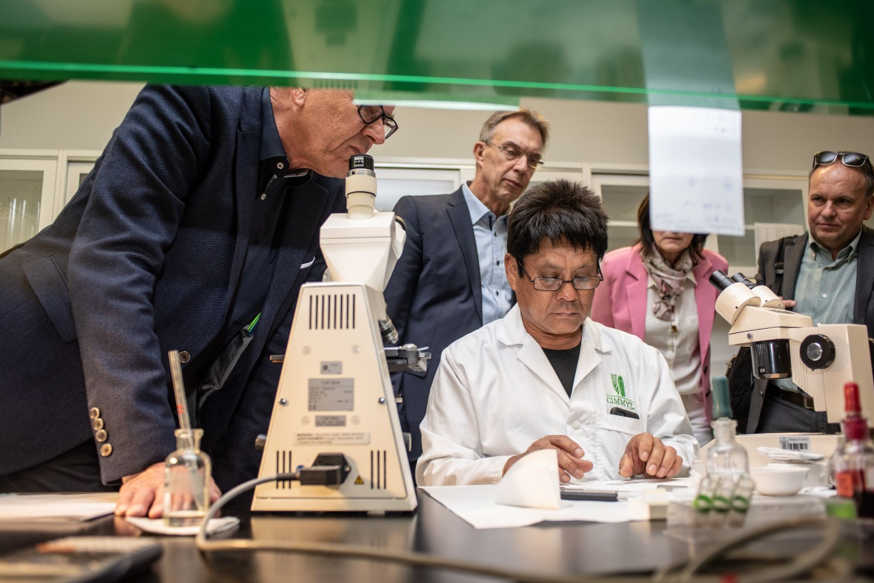
In addition, the CIM Integrated Experts program has allowed CIMMYT to increase its efforts to scale up agricultural innovations and link research to specific development needs. With support from GIZ and in collaboration with the PPPLab, in 2018 CIMMYT researchers developed a trial version of the Scaling Scan, a tool which helps researchers to design and manage scaling at all project phases: at the beginning, during and after implementation.
CIMMYT is committed to improving livelihoods and helping farmers stay competitive through increasing labor productivity and reducing costs. CIMMYT’s mechanization team works to identify, develop, test and improve technologies that reduce drudgery and enable smallholders in Mexico, sub-Saharan Africa and South Asia to adopt sustainable intensification practices, which require greater farm power and precision. In Ethiopia, CIMMYT has an ongoing collaboration with the GIZ/BMZ green innovation center — established as part of the ONE WORLD – No Hunger initiative — and is working with GIZ in Namibia to provide knowledge, expertise and capacity building on conservation agriculture. This includes the organization of training courses to mechanics and service providers on everything from the use to the repair of machinery and small-scale mechanization services.
“We’re on a mission to improve livelihoods through transforming smallholder agriculture, much of which depends on empowering women, scaling, market development and pushing for policies that would create the right incentives. Partnerships with local and international stakeholders such as Germany are at the core of CIMMYT’s operations and allow for us to have global impact,” said Kropff.
More photos of the visit are available here.




